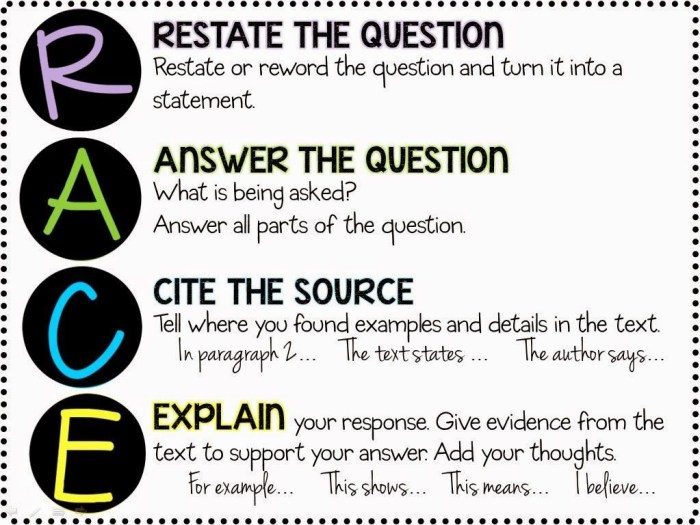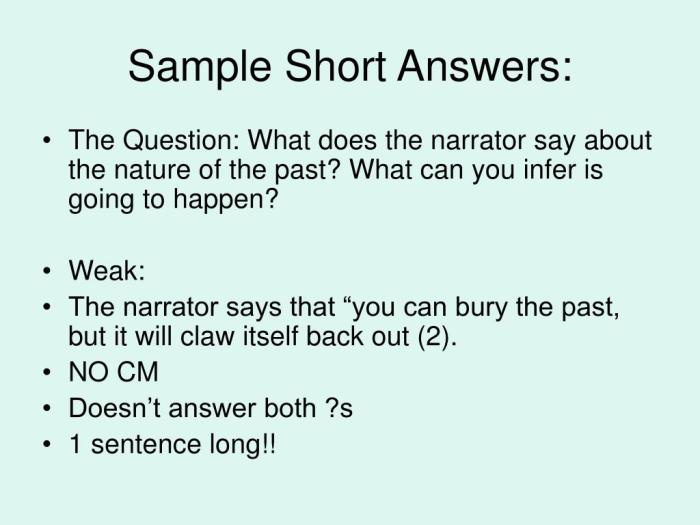Fill in the blank questions usually require______________in the answer. – Fill-in-the-blank questions usually require specific information in the answer. This pedagogical tool assesses a wide range of cognitive and linguistic skills, making it a valuable instrument for educators.
This multifaceted analysis delves into the types of information, cognitive skills, contextual understanding, language proficiency, and cultural factors that influence the successful completion of fill-in-the-blank questions. Furthermore, it explores the educational implications of employing these questions in various learning contexts.
Fill-in-the-Blank Questions: Cognitive Skills, Contextual Understanding, and Educational Implications

Fill-in-the-blank questions are a common assessment tool used to evaluate students’ knowledge and understanding of a topic. These questions require students to recall information and apply their cognitive skills to provide the correct answer. The content of these questions can vary widely, depending on the subject area and the specific learning objectives.
Types of Information
- Common knowledge:Questions may require students to fill in blanks with information that is widely known or assumed to be part of general knowledge.
- Specialized information:Questions may also require students to recall specific facts, concepts, or theories that are relevant to the subject area.
Cognitive Skills
- Problem-solving:Students need to analyze the question and determine the missing information.
- Critical thinking:Students must evaluate the context and apply their reasoning skills to identify the correct answer.
- Knowledge retrieval:Students must access their memory to recall the relevant information.
Contextual Understanding
Understanding the context of the question is crucial for filling in the blanks. This includes:
- Background knowledge about the topic
- Surrounding information in the text or passage
Language Proficiency, Fill in the blank questions usually require______________in the answer.
- Vocabulary:Students must understand the meaning of the words used in the question.
- Grammar:Students must be able to identify the correct grammatical structure for the answer.
- Sentence structure:Students must construct grammatically correct sentences to complete the blanks.
Cultural Factors
Cultural factors can influence the content of fill-in-the-blank questions, such as:
- Cultural norms and values
- Beliefs and perspectives
Educational Implications
- Assessment:Fill-in-the-blank questions can assess student knowledge and understanding.
- Critical thinking:These questions promote critical thinking and problem-solving skills.
- Learning outcomes:Fill-in-the-blank questions can reinforce learning and enhance student engagement.
FAQ Overview: Fill In The Blank Questions Usually Require______________in The Answer.
What types of information are typically required to fill in the blanks?
Fill-in-the-blank questions can require various types of information, including factual knowledge, specialized knowledge, definitions, synonyms, antonyms, and grammatical structures.
How do cognitive skills play a role in filling in the blanks?
Cognitive skills such as problem-solving, critical thinking, and knowledge retrieval are essential for successfully completing fill-in-the-blank questions. These skills enable individuals to analyze the context, identify relevant information, and apply their knowledge to provide accurate answers.
Why is contextual understanding important for fill-in-the-blank questions?
Contextual understanding provides the background knowledge and surrounding information necessary to make informed decisions about the missing information. It helps individuals interpret the question accurately and identify the most appropriate answer.
How does language proficiency impact the ability to fill in the blanks?
Language proficiency, including vocabulary, grammar, and sentence structure, is crucial for understanding the question and providing grammatically correct and meaningful answers.
What are some cultural factors that can influence fill-in-the-blank questions?
Cultural factors such as norms, values, and beliefs can shape the types of information and perspectives included in fill-in-the-blank questions.

